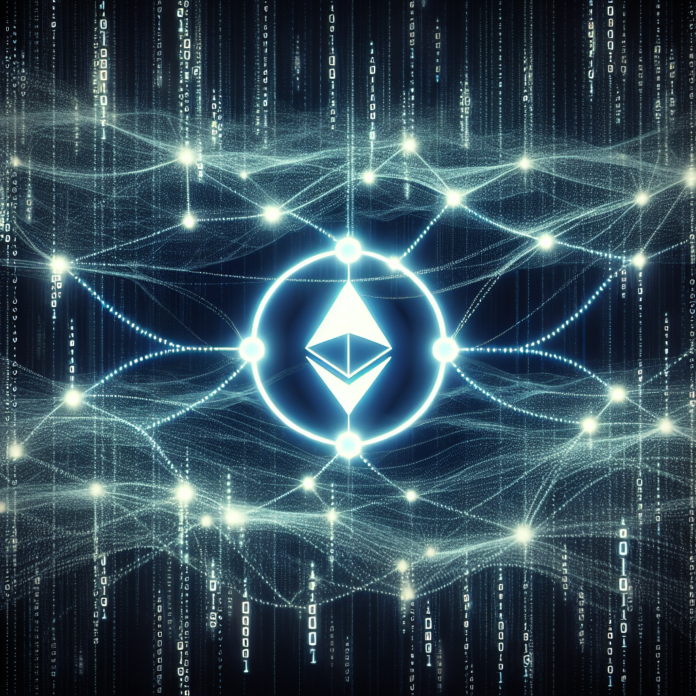Smart contracts, self-executing contracts with the terms of an agreement between buyer and seller directly written into lines of code, have revolutionized the blockchain space since their inception. Initially popularized by Ethereum, the concept of smart contracts has evolved, and new platforms like Cardano are emerging to address various limitations and expand possibilities. This evolution reflects a broader innovation trend in the decentralized ecosystem, providing a glimpse into how smart contracts could shape our digital future.
Ethereum: The Birthplace of Smart Contracts
Ethereum ethereum.org stood as the first blockchain platform to widely implement smart contracts, giving users the ability to create decentralized applications (dApps). Ethereum’s smart contracts are powered by its native programming language, Solidity, and run on the Ethereum Virtual Machine (EVM). This opened up a world of decentralized finance (DeFi), Non-Fungible Tokens (NFTs), and more, creating a burgeoning ecosystem for developers and users.
Limitations of Ethereum Smart Contracts
While Ethereum’s smart contracts were groundbreaking, they are not without their limitations. High gas fees, slower transaction times, and scalability issues have been significant concerns, especially with the surge in dApp usage. These problems highlighted the need for alternative solutions to make blockchain technology more accessible and efficient.
Cardano’s Ouroboros Protocol
Enter Cardano, a third-generation blockchain that promises a more scalable, secure, and sustainable platform for smart contracts. Cardano’s innovation lies in its Ouroboros proof-of-stake (PoS) protocol, which aims to reduce transaction costs and energy consumption compared to Ethereum’s proof-of-work (PoW) mechanism. With the Alonzo upgrade, Cardano has introduced Plutus, a smart contract development language enabling creators to build powerful, secure, and flexible dApps.
Beyond Ethereum and Cardano
The evolution of smart contracts doesn’t end with Ethereum and Cardano. Other blockchain platforms like Polkadot and Tezos are also contributing to this development, each bringing specific advantages in governance, interoperability, and contract verification processes. These platforms not only challenge the existing frameworks but also drive innovation through competition, leading to better services and wider adoption.
The Future of Smart Contracts: Interoperability and Advanced Use Cases
Looking ahead, the future of smart contracts hinges on increased interoperability among different blockchain networks and the expansion into a broad range of industries—from finance and insurance to real estate and healthcare. Solutions like Chainlink‘s decentralized oracle networks are vital in connecting smart contracts to real-world data, which broadens their potential and applicability.
Conclusion
The evolution of smart contracts is an ongoing journey, with platforms like Ethereum and Cardano laying the groundwork. As the technology matures, we are beginning to witness the practical implementation of blockchain technology that extends beyond the realm of cryptocurrencies into everyday life. Newer blockchains continue to emerge, each advancing the capabilities and applications of smart contracts. As developers and innovators build upon these platforms, smart contracts will further integrate into the digital fabric of society, enhancing transparency, security, and efficiency across numerous sectors.




 AGF-B.CO
AGF-B.CO